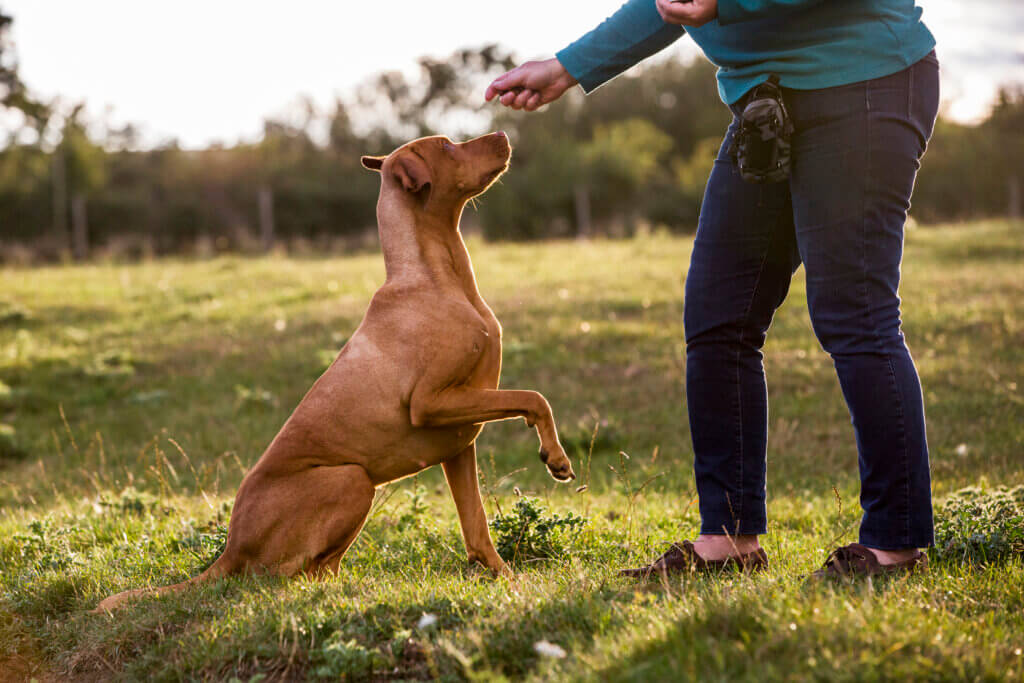Dogs have been our loyal companions for thousands of years, and while their wagging tails and affectionate licks bring us joy, understanding their behavior is essential for a harmonious relationship. Whether you’re a seasoned dog owner or considering adopting a furry friend, delving into the world of dog behavior can help you nurture a strong bond and create a happy and well-adjusted canine companion.
The Complex World of Dog Behavior
Dogs, like humans, are complex beings with a wide range of emotions, instincts, and responses. Understanding their behavior starts with appreciating the following key factors:
1. Instincts:
Dogs have evolved from wolves, and many of their behaviors stem from their ancestral instincts. These include hunting, pack dynamics, and territoriality.
2. Communication:
Dogs communicate primarily through body language, vocalizations, and scent marking. Learning to interpret these signals is crucial for understanding their emotions and needs.
3. Learning and Adaptation:
Dogs are highly adaptable and can learn from their experiences. This adaptability forms the basis for training and behavior modification.
4. Emotions:
Dogs experience a range of emotions, including happiness, fear, anxiety, and affection. Understanding and addressing these emotions is essential for their well-being.
Common Dog Behaviors and Their Meanings
To better understand your furry friend, let’s explore some common dog behaviors and what they might signify:
1. Tail Wagging:
While a wagging tail often indicates happiness, its speed and position matter. A high, stiff tail can signal tension or aggression, while a relaxed, wagging tail usually means your dog is content.
2. Barking:
Barking is a dog’s way of communicating. It can indicate excitement, fear, boredom, or a need for attention. Understanding the context of the bark is key to addressing its cause.
3. Chewing:
Chewing is a natural behavior for dogs, especially puppies. It helps with teething and relieves stress. Provide appropriate chew toys to satisfy this instinct and prevent destructive chewing.
4. Digging:
Digging is often driven by instinct and can be related to hunting, nesting, or seeking cool ground. Offer a designated digging area or redirect this behavior with play and exercise.
5. Growling:
Growling is a warning sign that your dog is uncomfortable or feels threatened. It’s essential to respect their boundaries and address the underlying issue causing the growling.
6. Licking:
Dogs may lick to show affection, seek attention, or groom themselves. Excessive licking can be a sign of anxiety or discomfort and should be evaluated.
7. Tail Tucking:
A tucked tail usually indicates fear or submission. It’s important to create a safe and reassuring environment to help your dog overcome their fears.
Addressing Behavioral Challenges
While understanding your dog’s behavior is crucial, addressing behavioral challenges is equally important. Here are some tips for managing common issues:
1. Socialization:
Proper socialization during your dog’s early developmental stages is essential. Expose them to various people, animals, and environments to prevent fear and aggression issues.
2. Training:
Basic obedience training not only teaches commands but also establishes your role as a leader. Positive reinforcement techniques are highly effective in training and behavior modification.
3. Exercise and Mental Stimulation:
Regular exercise and mental stimulation are essential for a well-balanced dog. Engage in play, provide puzzle toys, and offer opportunities for exploration.
4. Routine and Consistency:
Dogs thrive on routine and consistency. Establish a predictable schedule for feeding, exercise, and rest to help your dog feel secure and confident.
5. Seek Professional Help:
If you encounter severe behavioral issues or have concerns about your dog’s behavior, don’t hesitate to consult with a professional dog trainer or behaviorist. They can provide expert guidance tailored to your dog’s unique needs.
In Conclusion
Understanding dog behavior is an ongoing journey that deepens your connection with your canine companion. By recognizing their instincts, learning their forms of communication, and addressing their emotions and needs, you can create a happy, well-adjusted, and harmonious relationship with your furry friend. Remember that every dog is unique, so be patient and flexible in your approach to behavior management and training.









































